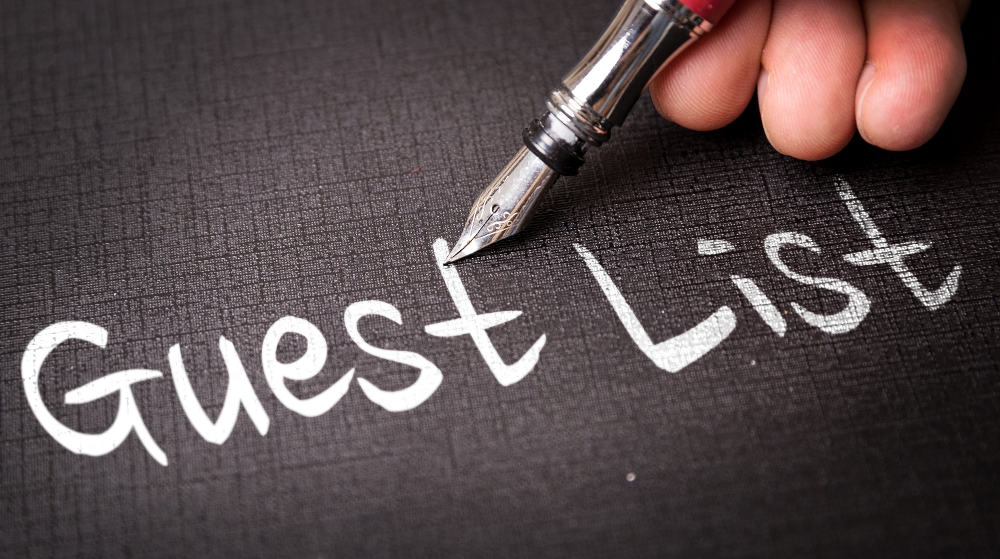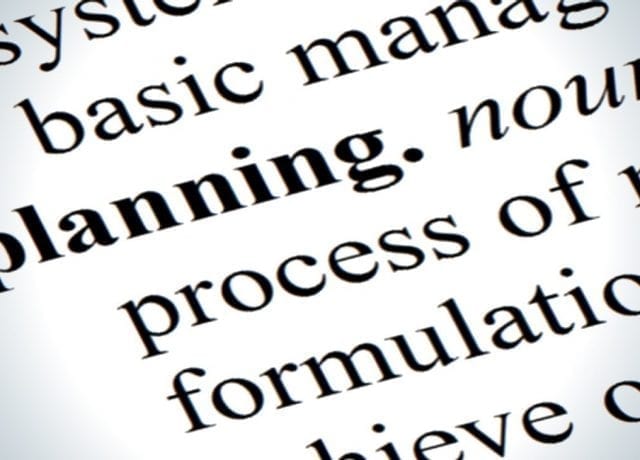As a media company hosting an industry trade show or conference that is both entertaining and rewarding for your attendees, it’s important to strike the right balance between education, entertainment, and networking.
From an education standpoint, your event should inspire while also providing actionable insights. Your conference must also present valuable networking opportunities without feeling like a forced party.
The right mix of activities and opportunities will ensure your conference attendees walk away feeling both enlightened and excited.
Here are 5 tips on how to plan a B2B conference that attendees will find enriching and productive.

1. Timing is Everything
The timing of the event is crucial.
Avoid scheduling during known busy periods, holidays, or major elections. Ideally, your conference will fall when most members of your target industry are already doing their planning for the following year. A good time to try might be the end of a fiscal or calendar year.
If you are unsure, ask a few of your clients when they typically do their long-term planning, or when their businesses slow down.
Another way to make this determination is to scope out when other conferences targeting your industry occur.
2. Fresh Ideas
Developing a strong agenda of conference presentations is key to getting attendees in the door.
While of-the-moment industry trends are informative, an awesome speaker, hot-topic panel discussion, or event that focuses on innovation or fresh ideas will drive curiosity and RSVPs.
Investigate themes of disruption for your target industry, or scope out the latest predictions of your industry’s thought leaders. A conference planning tip for incorporating new ideas is to start with researching the latest data and trends related to your specific industry.
Ideally, this fresh, big idea or innovation will provide you with an excellent theme to build the rest of your conference content around.
If your target industry is lacking any sort of innovative inspiration, make some of your own by including a brainstorming session.
Your industry’s business owners (i.e. your prospects and clients) and your ad sales executives will be quite knowledgeable about the weaknesses and concerns surrounding their industry and business. Get them together and challenge them to collaborate and challenge the norm.
As an added bonus, this type of open brainstorming or constructive debate is also a powerful way to add networking to your conference.

3. Proper Pacing
Another conference planning tip relates to your agenda.
No matter the length of your conference, it’s important to have appropriate pacing to avoid burning out your attendees. Rigorous, mentally engaging sessions should be paired with lighter, inspirational and interactive ones.
Appropriately timed breaks throughout your conference will allow attendees a mental breather, the opportunity to refresh, and a moment to check emails. Avoid long periods with no planned activities; attendees will likely head back to the office or their hotels. This will cause your event to lose momentum.
An ideal pacing schedule would involve an inspiring kickoff, a down-to-business strategy session, interesting trend highlights and a closing inspirational, surprising, or lighthearted session.

4. Guest List
From the types of businesses to the seniority level, you’ll want to think carefully about how to structure your guest list.
Keep networking benefits at the forefront of your decisions. Networking can be a business development activity, an opportunity to collaborate, or the chance to meet fellow business leaders and talk shop.
Providing valuable networking opportunities can guarantee RSVPs and conference vendors.
A guest list of diverse business types can enhance the networking experience for professionals in an industry who commonly see one another at trade shows or long-standing, legacy conferences.
If your industry already has a regular assortment of conferences, make your crowd something different and new for your industry.
Pairing industry trend spotters and disrupters, combined with established industry members can make for interesting conversations.

5. The Key Takeaway
Your conference’s programming (and theme) should support a central takeaway that’s highly impactful for your target industry.
The key takeaway should be your fresh idea or innovation put to work, and answer the question “what do I do now?” Include suggestions in your closing session, or have leaflets with guidance on next steps.
Here, your vendors or industry partners (fellow businesses serving the industry) can lean in with prescriptions or strategy suggestions. Finding a meaningful way to involve your vendors, sponsors, or industry partners is how you plan a conference that’s both enriching and commercially successful.
Consider ways in which your target audience can leverage evolving technology, changing consumer habits, or potential new business models to leave your conference and go on to drive meaningful improvements for their business.
With these 5 elements in place, you’re off to a great start in planning your B2B conference or trade show.
For Further Reading:
[VIDEO] How to Maximize Your Pre-Conference Attendee List
[VIDEO] Does Your Conference Networking Elevator Pitch Pass “The Mom Test”?
8 Easy Ways to Make Conferences Work For You
[VIDEO] Post-Conference Follow-up: It’s All in The Details
Free Report: What’s Trending in B2B



